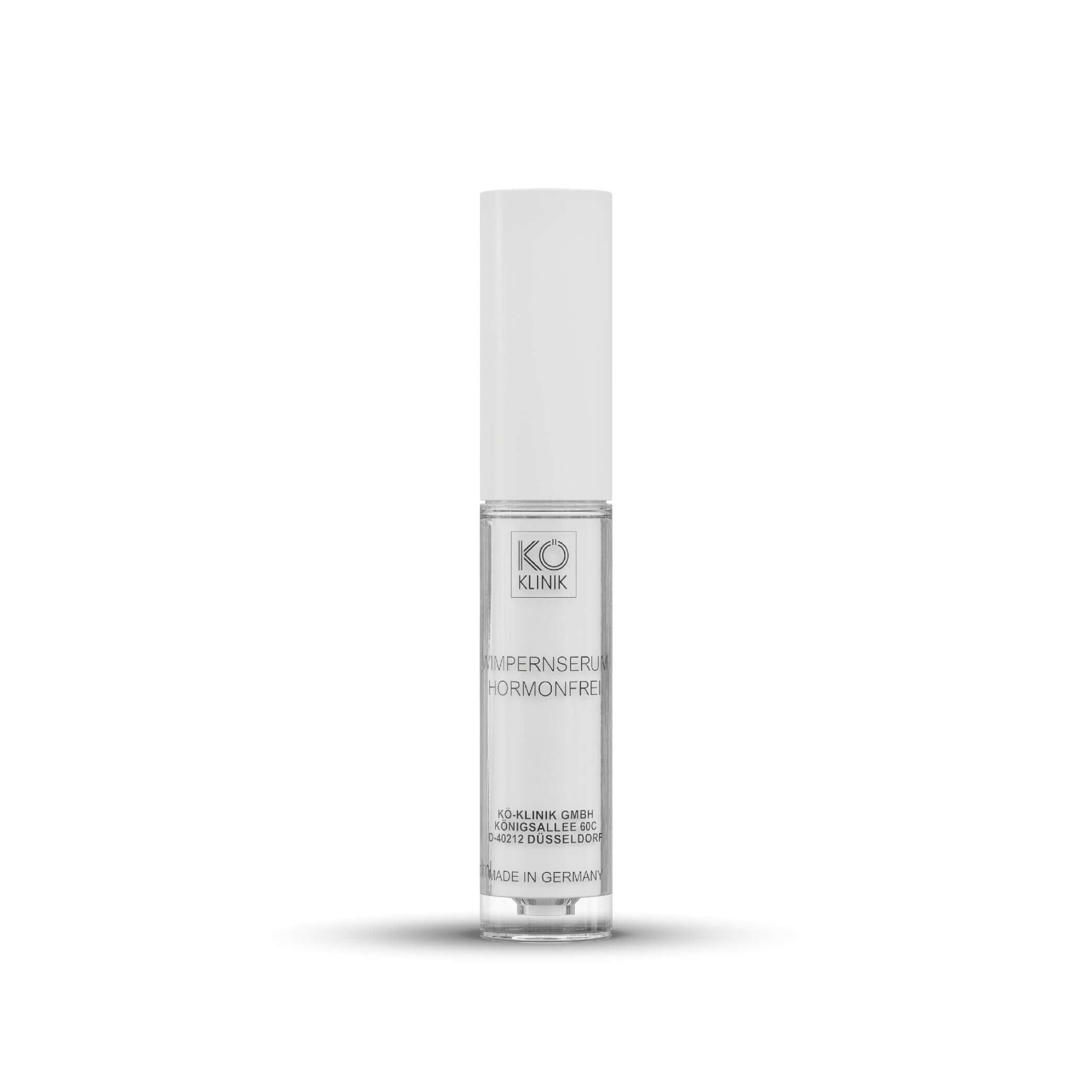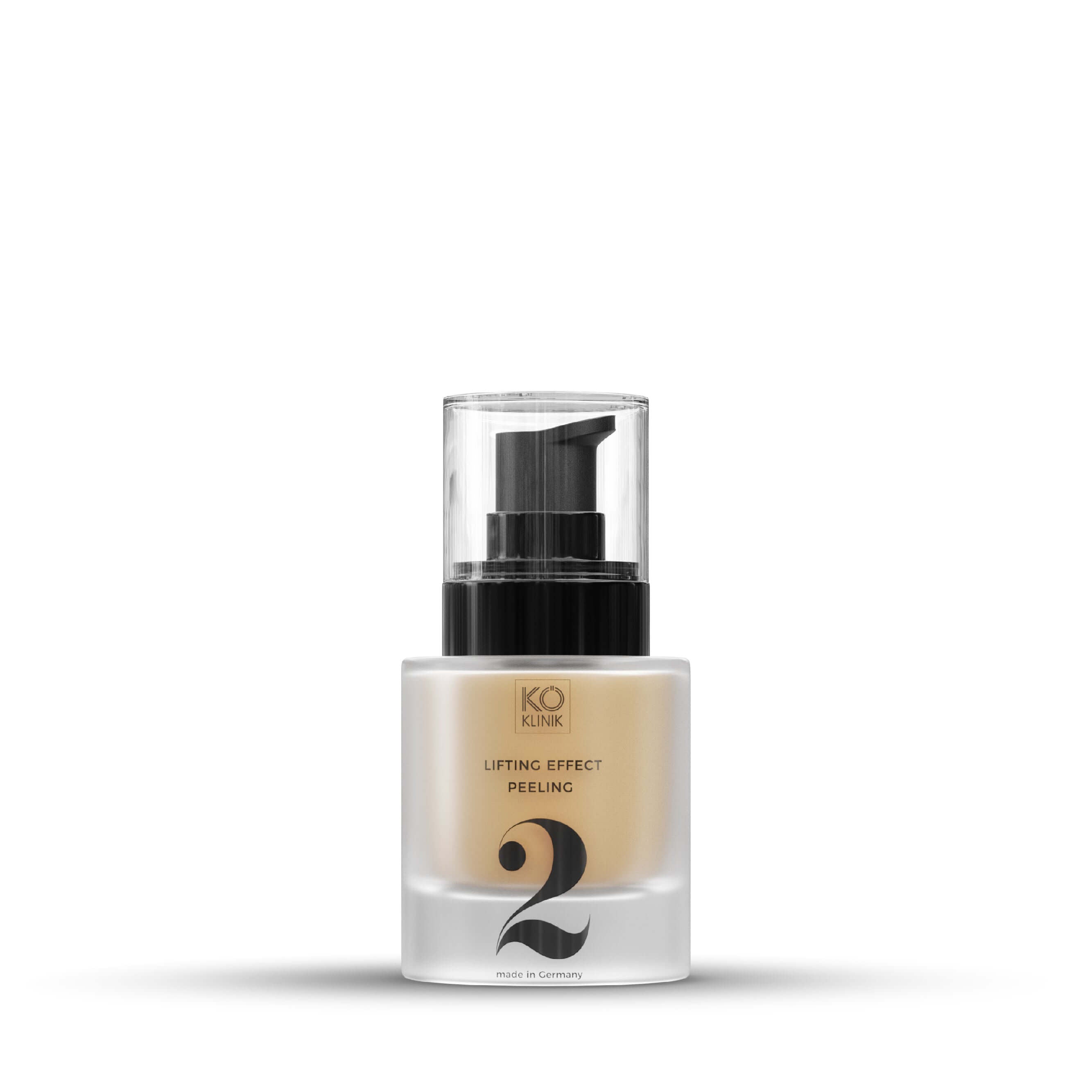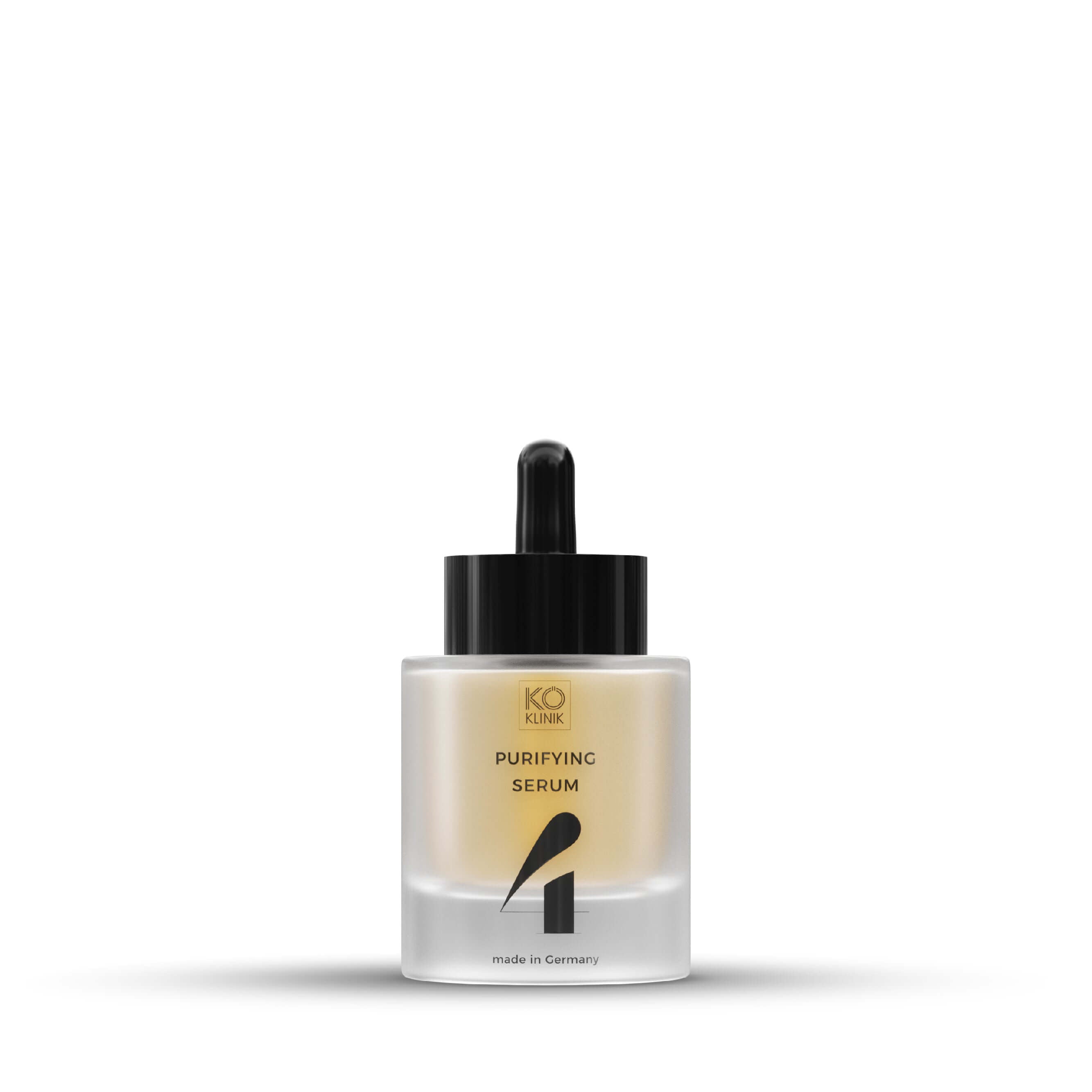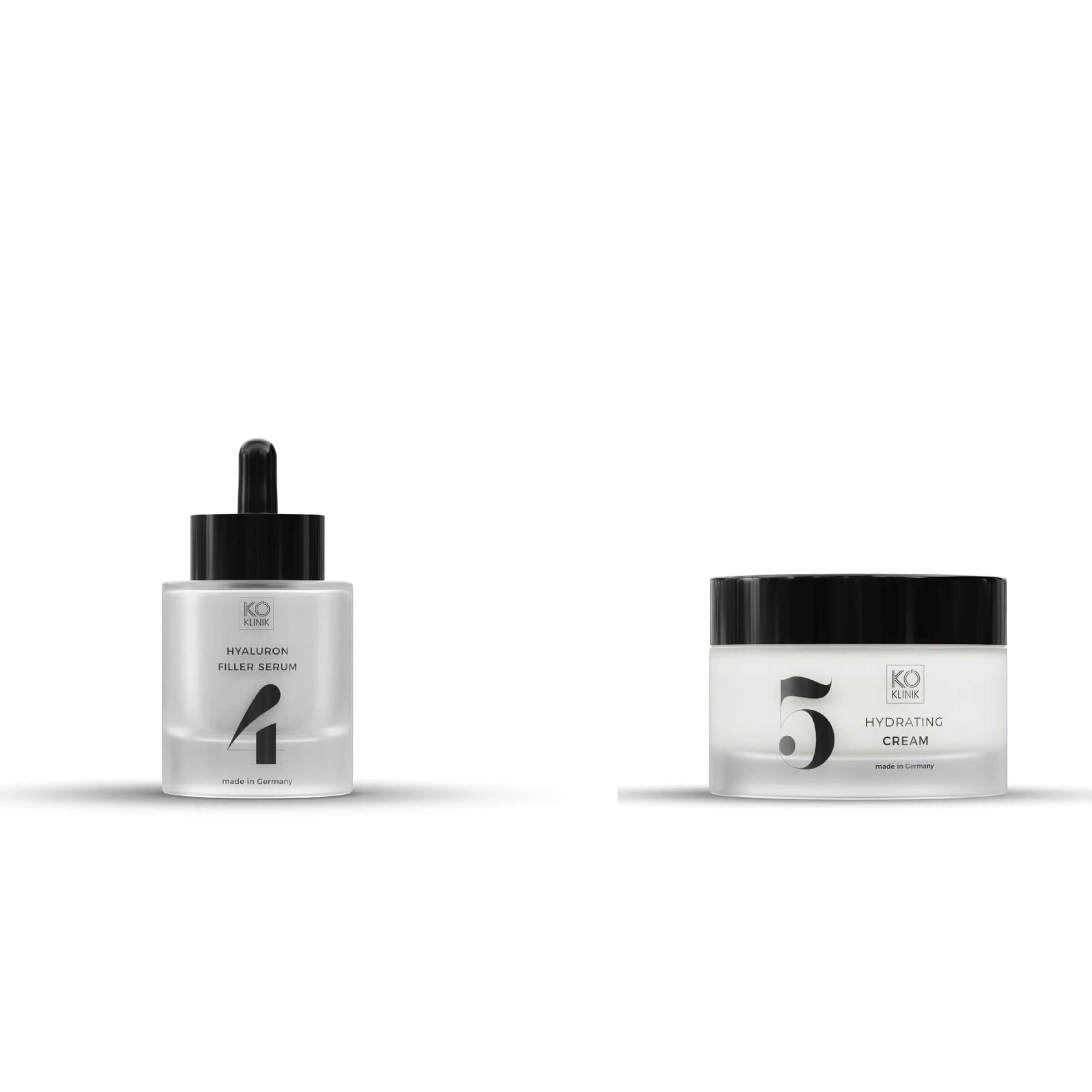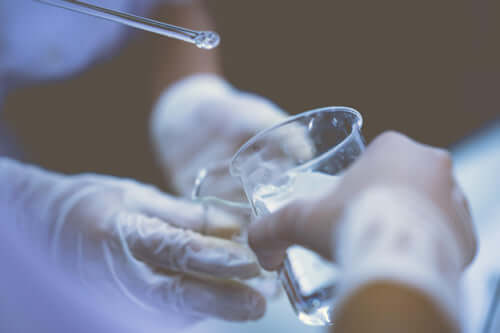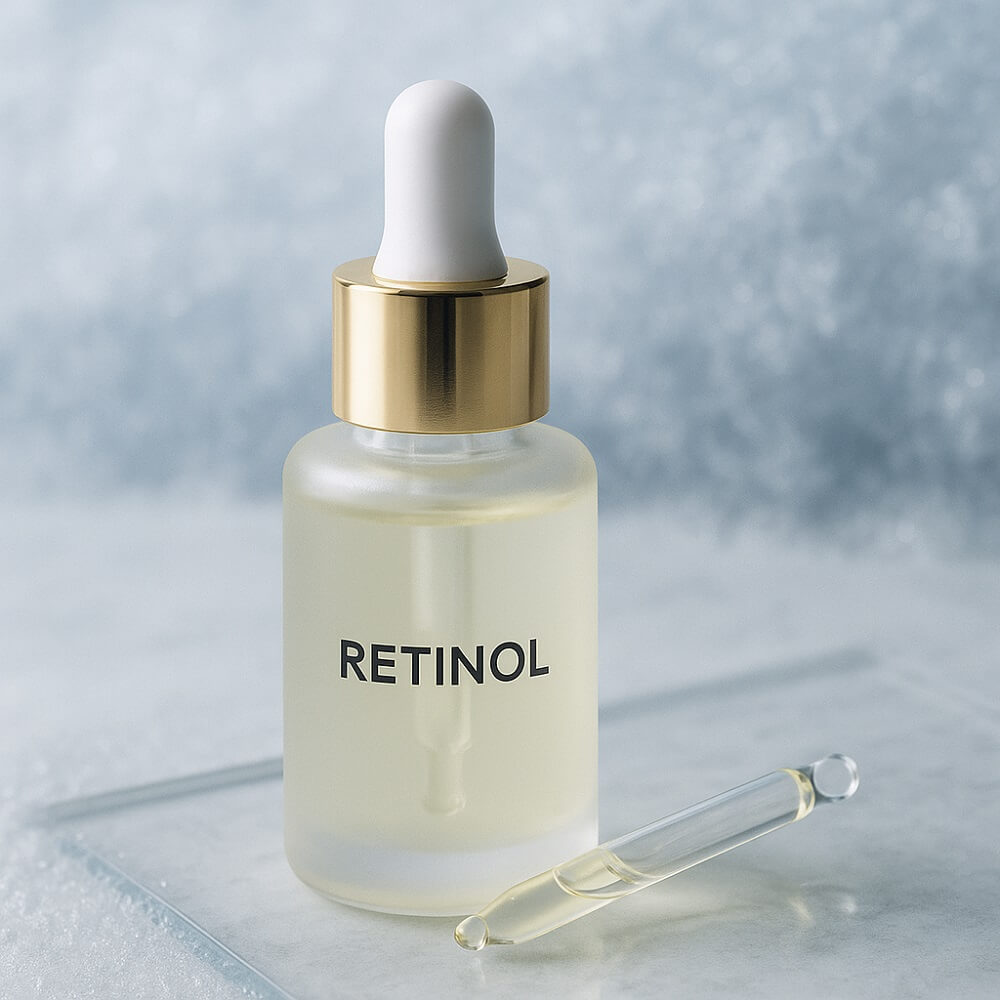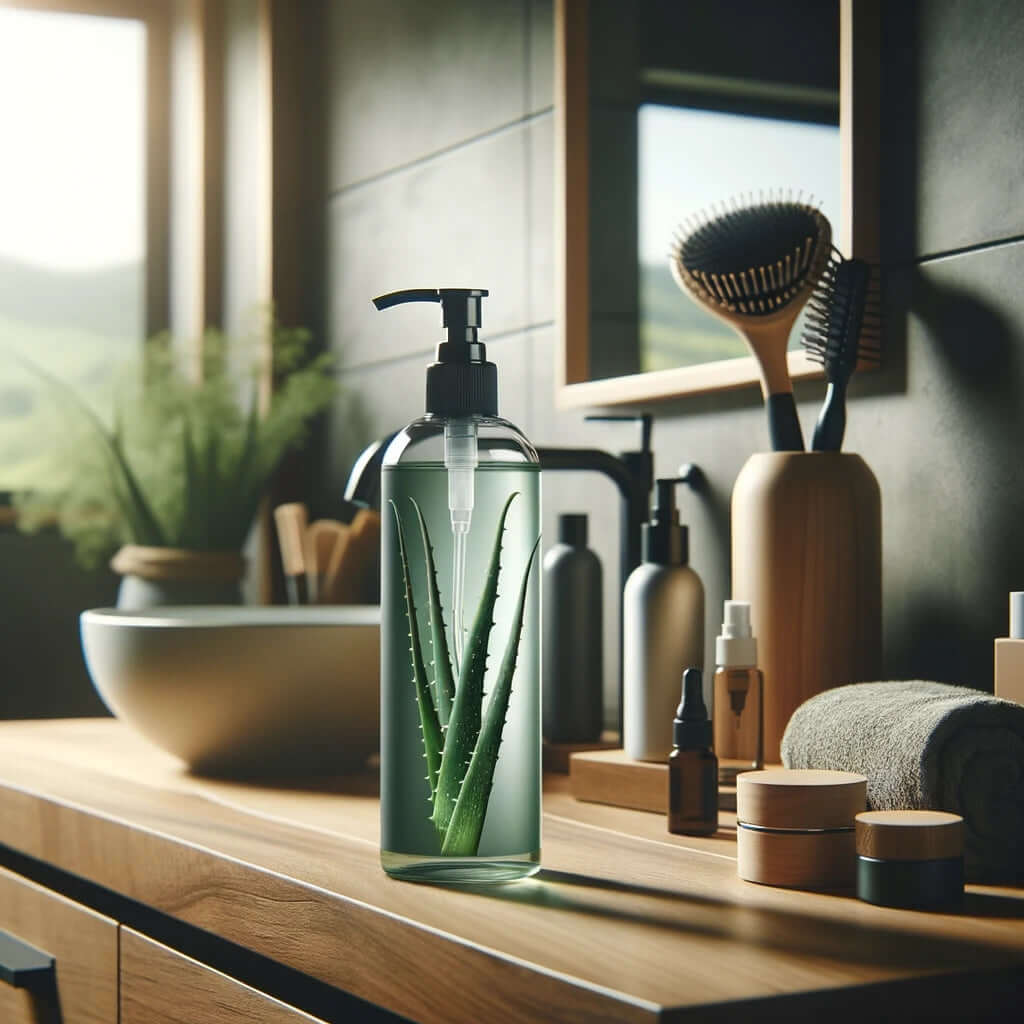AHA, BHA oder PHA? Das Peeling ABC
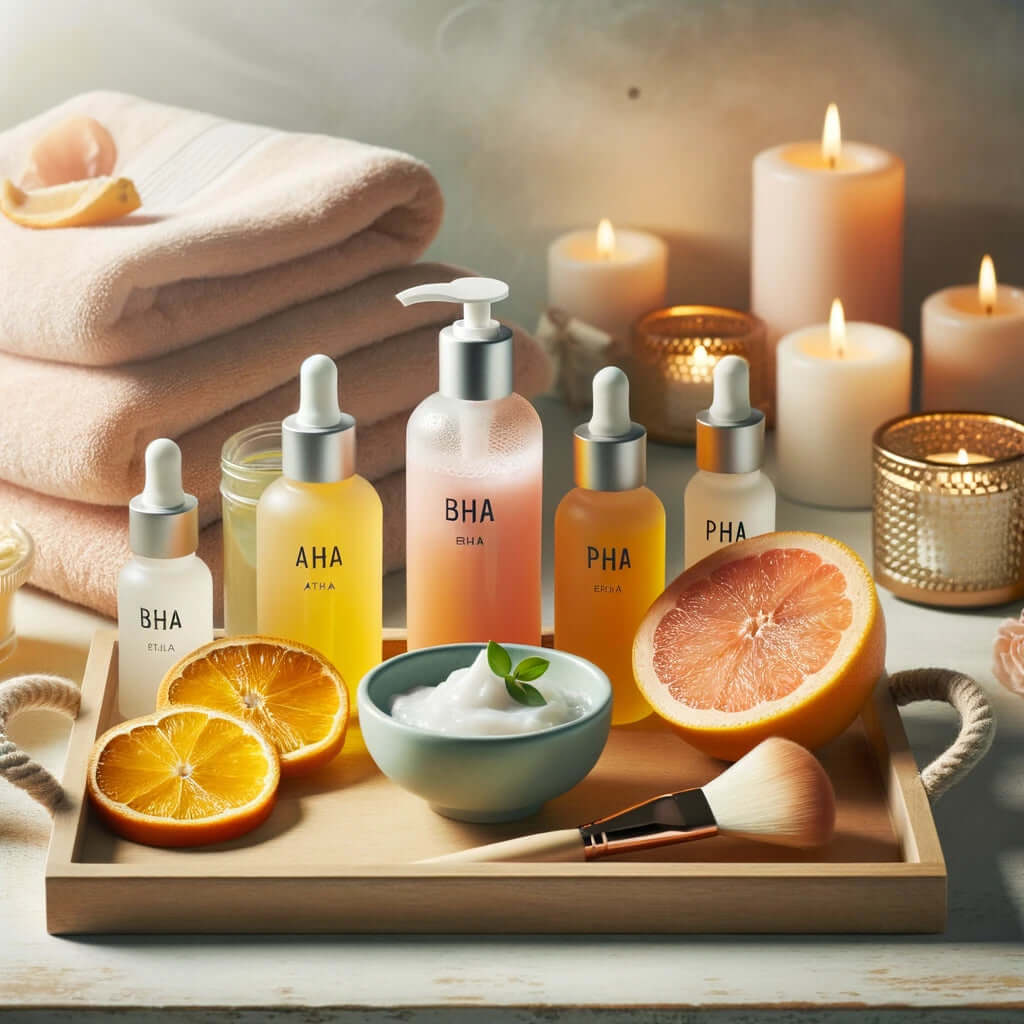
Human skin is subject to a natural regeneration process: dead skin cells are shed and replaced by new ones around every 30 days. From the age of 30, this process slows down, which leads to a change in the appearance of the skin. The complexion appears duller, the first wrinkles appear and skin imperfections can suddenly play a role again, even though you have long since left puberty behind. A peeling is the ideal care step to get the skin's regeneration process going again. Mechanical peelings are increasingly becoming “out of fashion” because their abrasive particles can injure the skin. Chemical peels with different hydroxy acids are a perfect alternative.
Don’t let the word “acid” put you off at this point; Although it sounds aggressive, it is one of the gentlest ways to exfoliate the skin. The acidic molecules of hydroxy acids bring dead skin cells to the surface of the skin more quickly and stimulate skin renewal. This allows the sebum to flow out of the pores better, lines and small wrinkles are reduced and the complexion appears fresher and more youthful overall.
AHA peeling with anti-aging effect
The abbreviation AHA for alpha hydroxyacid refers to a whole range of different active ingredients, including glycolic acid, lactic acid and mandelic acid. What they all have in common is their positive effect on the skin. Among other things, AHA stimulates cell division, promotes blood circulation and improves the elasticity of the skin, helps it to store more moisture, gently lightens pigment spots, stimulates collagen production - in short: AHA peelings are the perfect anti-aging agent .
As already mentioned, the term AHA covers a number of different acids. Which of these should be the main component of the peeling depends on individual skin types and the care goal of the peeling. Mandelic acid is well suited for more sensitive skin as they penetrate the skin more slowly due to their larger molecular structure. Glycolic acid is particularly suitable for fighting wrinkles, while lactic acid particularly helps dry skin to regenerate.
Use AHA peeling correctly
AHA peels come in different concentrations. To get the skin used to the application, you should start with a lower concentration of 2% and then slowly increase to 10% or more.
The ideal exposure time for AHA peels is between ten and 30 minutes. The manufacturer's instructions should always be followed carefully, otherwise skin irritation may occur. Not all peelings have to be washed off; some can also be left on overnight. You can also find detailed information from the manufacturer on this.
BHA acid against impure skin, blackheads and pimples
BHA is the abbreviation for beta hydroxyacid, better known as salicylic acid. A BHA peeling has different effects on the skin. In addition to the exfoliating effect, it is a great anti-aging agent, comparable to an AHA peeling. However, BHA acid reveals its true talent when it comes to combating skin impurities. Salicylic acid is lipophilic, which means it dissolves oil from the skin.
This is particularly beneficial for oily or combination skin that produces too much sebum that cannot drain freely and clogs the pores. A BHA peeling penetrates deep into the pores, binds sebum and dirt and transports them out of the skin. But that's not all, because salicylic acid also has antibacterial and anti-inflammatory effects. This means that so many germs can no longer accumulate on the skin, which lead to inflammation and pimples. When used regularly, a BHA peeling clears the complexion in the long term and prevents the formation of new skin imperfections.
How to use BHA peels
The effectiveness of BHA peels depends on the pH value, which should ideally be between 3 and 4. If the values are higher or lower, the peeling can no longer develop its full effect. How often a peeling with salicylic acid is used depends on the individual skin type. However, a BHA exfoliant should not be used on any skin more often than two to three times a week. The ideal concentration of salicylic acid in a BHA peel is between 2% and 3%.
PHA peeling for sensitive skin
AHA peels and BHA peels should generally be used carefully and not too frequently. Depending on your skin type, a maximum of twice a week is completely sufficient. But for very sensitive skin, even that is often too much. For these sensitive skin types, a peeling with PHA acid is a good alternative.
PHA is the abbreviation for polyhydroxy acids. This is not a single active ingredient, but rather a group of active ingredients. Gluconolactone and lactobic acid are mainly used in skin care. Gluconolactone is a natural, moisturizing component of the skin, while lactobic acid is derived from the lactose in milk. Both active ingredients have a gently peeling effect. Gluconolactone also strengthens the skin's protective barrier and makes it more resistant to external stimuli. In addition to its exfoliating properties, lactobinic acid also has a strong antioxidant effect and thus prevents wrinkles.
The correct use of PHA peelings
PHA acids have a larger molecular structure than AHA or BHA acids. Therefore, they are much gentler on the skin and cause less irritation. PHA peels can even be used for rosacea and the sensitive eye area.
The perfect concentration of PHA acids in a peeling is between 5% and 20%. As with AHA and BHA peelings, you should first carefully introduce the skin to the PHA peeling. If your skin tolerates the acids well, you can choose your individual application phase. Two to three peelings per week are ideal here too. Since the PHA acids are milder than AHAs and BHAs, daily use is theoretically possible. But that depends on how well your skin tolerates the exfoliant.
How do you integrate a chemical peel into your skin care routine?
Before using an AHA, BHA or PHA peeling, the skin must be thoroughly cleansed and dried well. Then the peeling takes place. All further care steps such as tonic, essence, serum and cream are applied after exfoliation.
Since the skin is particularly sensitive to light after a chemical peel, sun protection must be applied afterwards, even in winter. The sun protection factor should be at least 30, but 50+ is ideal.

